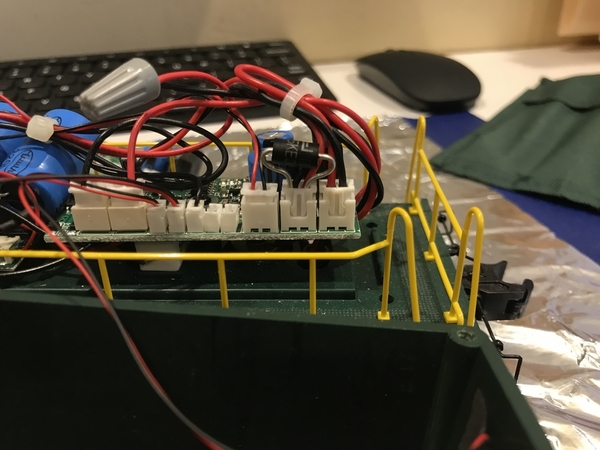Well, doing one pickup would not be a good idea if they weren't truly in parallel. However, due to the short wavelength of the spikes, having the TVS as close to the board as possible is the best method. In this particular example, being right on a board connector is as good as it gets.
Is one of these two options better than the other? Will they provide optimal protection? Or do I need to try to squeeze in two TVS diodes, one for Input 1 and one for Input 2?
One TVS is all that's required, the track connections are parallel on the board. You can verify that for yourself, just unplug them and measure between the two connectors.








